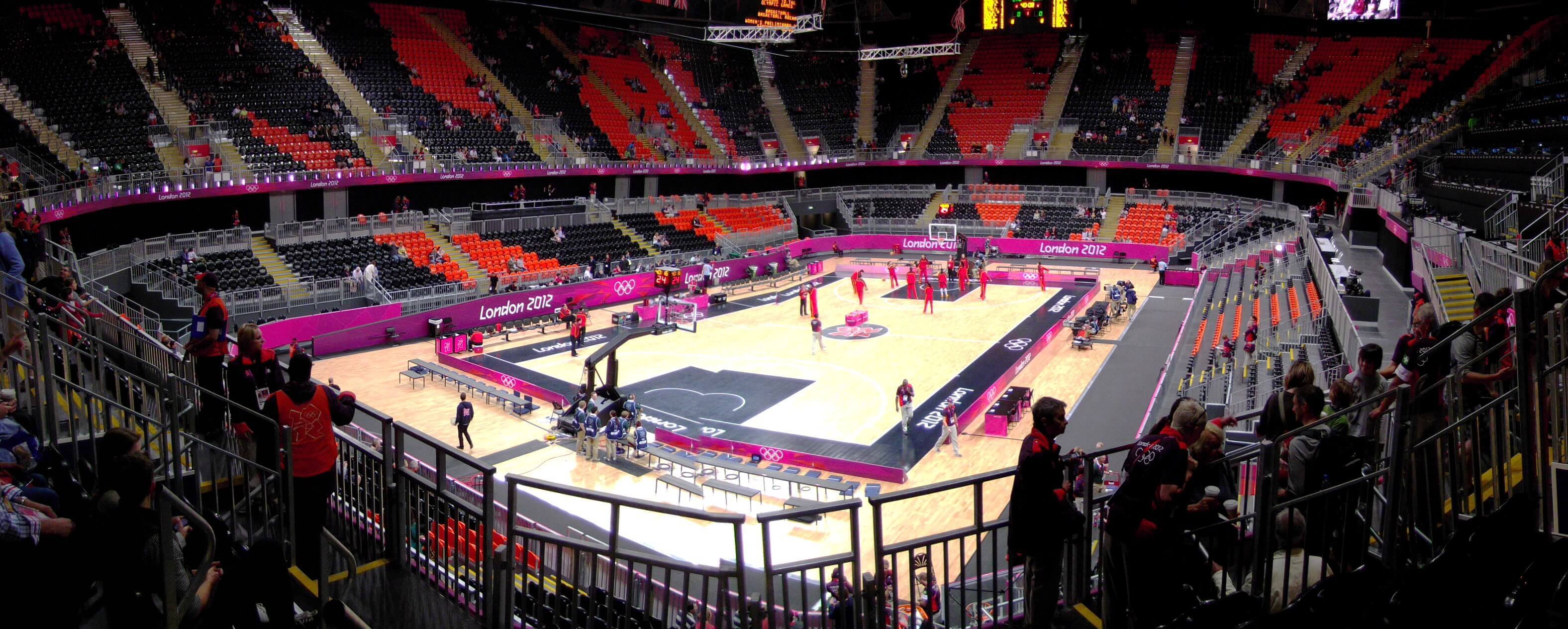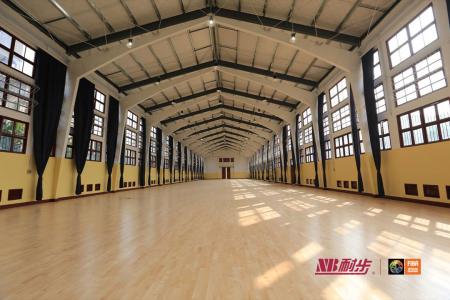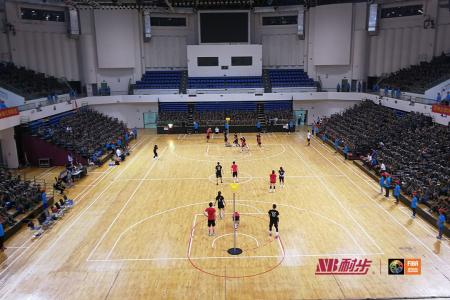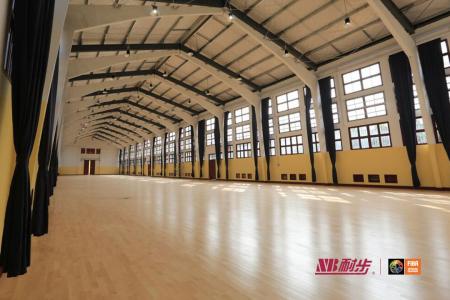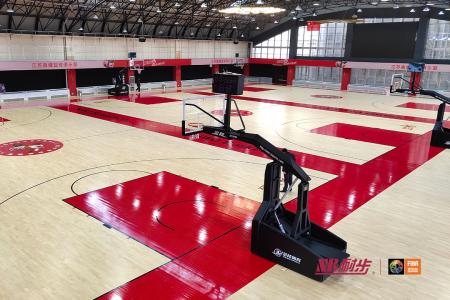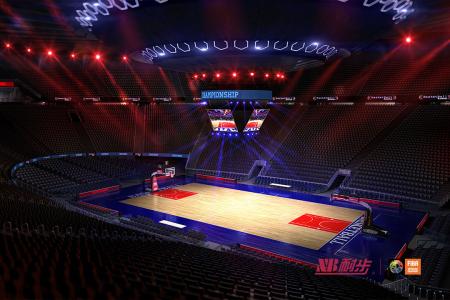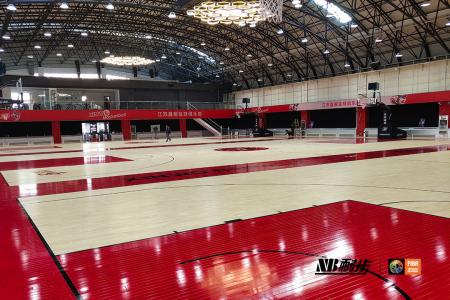What are the performance of sports wooden floor in gymnasium?

Sports venues, fitness centers, and stage theaters require the installation of sports wood floors. This is because there is often a large amount of exercise in these places, and the professional performance requirements of sports wood floors are high. Even the installation and construction of sports wood floors must have some technical level. Professional sports wood flooring should have three major properties, namely sports performance, protection performance and technical performance.
(1) Sports performance: Sports performance means that the sports wooden floor should meet the technical characteristics of various non-sporting sports to the greatest extent, and try to avoid the athletes from being subjected to unnecessary loads and consuming too much energy. performance.
(2) Protective performance: Protective performance refers to minimizing the load on athletes during running, ball games and training, as well as reducing towel in some sports that require special protection (such as boxing, wrestling or judo) A property that should be present in the frequency with which an athlete is injured on the ground.
Sports wood floor structure
(3) Technical performance: Technical performance means that the sports wooden floor can meet the sports performance and protection performance for a long time, and can adapt to the movement and use of sports equipment and equipment (such as seats and stands) and other applications. some performance.
When selecting professional sports wood flooring and sports wood flooring manufacturers, the majority of stadium construction companies and Party A must identify professional sports wood flooring and manufacturers. To be strictly selected and tested. Because if the selected sports wooden floor does not have sports performance, protection performance and technical performance, it cannot meet the functional requirements of professional stadiums and sports venues, causing huge losses to stadium engineers and Party A.

